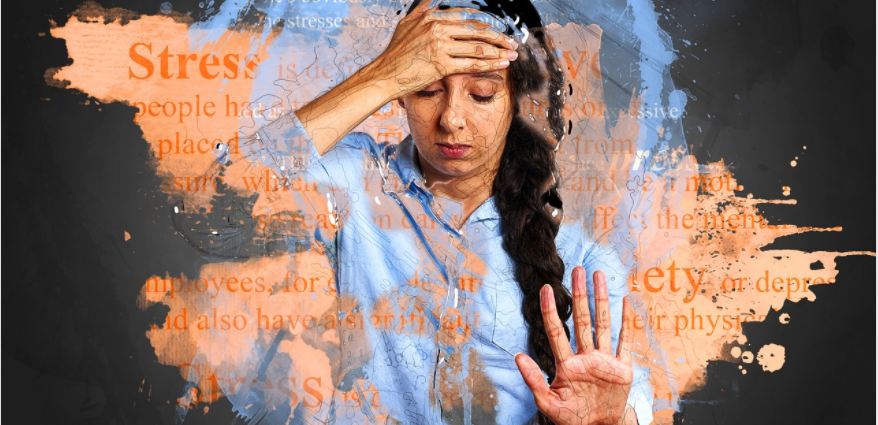|
|
Generalized Anxiety Disorder (GAD) is a common Anxiety Disorder that involves continual and chronic worrying, nervousness, and tension. (GAD) develops slowly. It often starts during the teen years or as a young adult. People with (GAD) feel extremely worried or nervous about things in their life, even when there is little or no reason to worry about them. People suffering with (GAD) feel mentally and physically exhausted. It drains your energy, hinders a good night’s sleep, and wears your body out.
Symptoms
A person who has been extremely anxious and worried for at least 6 months, complains of sweating, a racing heart, clammy hands, dizziness, upset stomach, rapid breathing, irritability and poor concentration. Chronic worries about work, relationships, and finances can potentially be considered as having Generalized Anxiety Disorder.
Worry Is Self-Generated
It is important to know that worrying is self-generated. Worrying may give you the impression that you’re protecting yourself by preparing for the worst. Part of your fight-or-flight response. It is important to distinguish between productive and unproductive worrying. Unproductive worry is your self-talk telling you about things you’re afraid of, or negative events that might happen. Your self-talk is trying to solve problems that haven’t happened yet, may never happen or worse, simply obsessing on worst-case scenarios. This can be physically and mentally draining.
Helpful Techniques
There are a number of techniques one can use to relieve anxiety, such as eating properly, breathing exercises, light exercise, meditation and muscle relaxation. Getting a good night’s sleep is important. Not sleeping enough limits the ability to fight off stress and anxiety. Cut back on coffee and caffeinated beverages, including soda, coffee, and tea. Caffeine can make (GAD) symptoms worse, cause insomnia, and even trigger panic attacks.
It may also be time to think about making lifestyle changes and look at the ways you think about worrying.
This report is not a diagnosis. We hope this information can guide you toward improving your life.
Review our Knowledge Base or the links displayed on this page for similar related topics.

